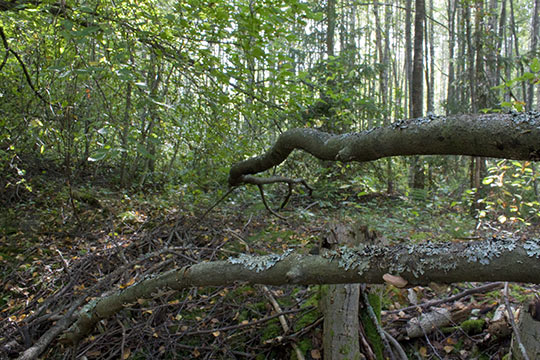Blogini kertoo kasvivärjäyksestä ja sienivärjäyksestä.
This blog is about dyeing with plants and mushrooms.
Saturday, October 1, 2011
Polypore find Okrakääpiä
Tämä on ollut tosi hyvä syksy kaikenlaisille sienille, ja löysin rantametsiköstä jopa useita okrakääpiäkin (Hapalopilus nidulans/rutilans). Okrakääpä on yksivuotinen pieni kääpä, joka on aivan aluksi kellertävä, mutta muuttuu tuollaiseksi beigeksi vanhentuessaan. Se on todella hyvin pieni, ennenkuin löysin itse ensimmäistäkään, olin aina etsinyt liian isoja kääpiä. Okrakääpä on 2-10cm leveä, mutta yleisimmin ne ovat ehkä 5cm luokkaa, peukalonpään kokoisia, tai vähän isompia. Okrakääpä on värjärille aina hyvä löytö, koska siitä saa kestävää violettia väriä:)
IN ENGLISH
This has been a really good mushroom year, and I even found some Hapalopilus nidulans/rutilans polypores in the forest near us. It is a small annual polypore, which at the beginning is yellowish, but changes to beige or cinnamon color when it gets older. It really is small, and before my first own find, I always searched among too big polypores, not realising how small it is. Hapalopilus nidulans is 2-10cm (1-4 inches) wide, but mostly they are about 5cm, the size of the tip of my thumb or slightly bigger. It is always a good find for a dyer, because they give fast purple colors:)
Nämä nyt löytämäni okrakäävät kasvoivat kaikki kaatuneilla lahoilla tuomilla, vaikka se voi kasvaa pihlajalla ja koivullakin. Metsä oli lehtipuuvaltaista lehtometsää, joka on keväällä täynnä valkovuokkoa, lähellä järven rantaa. Joku voisi sanoa sitä ryteiköksikin, mutta siellä viihtyvät alkukesällä satakieli ja mustapääkerttu. Lahoilla koivuilla on monena vuonna pesinyt pikkutikka.
IN ENGLISH
The polypores I now found, grew al in decaying and fallen Bird Cherries (Prunus padus), but it can grow also on rowans and birches. This forest was near a lake, and there grew mostly decidous trees, and in the spring the floor of the woods was covered with wild wood anemones (Anemone nemorosa). Someone could call it tangle, but I like it, and in the early summer Nightingales and Blackcaps nest there. Also Lesser Spotted Woodpecker has made it's nest hole in old birches there.
Okrakäävät piiloutuvat hyvin pudonneiden koivunlehtien joukkoon.
Hapalopilus nidulans is not easy to find among fallen birch leaves, they are so similar in color.
Subscribe to:
Post Comments (Atom)







thank you for the information and the excellent pictures. The woods look wonderful - so wild and natural.
ReplyDeleteVoi miten ihania okrakääpiä. En ole tuomelta osannut etsiä. Löytämäni olivat etupäässä maassa lojuvissa koivun oksissa.
ReplyDeleteNice guide - thank you. I always look for it on my trips to the woods and would love to find the little polypore!
ReplyDeleteI read somewhere, that it would be easier to see it in early spring, just before the trees set leaves. Your pictures show how hard they can be to distinguish from leaves.
Vilde Farver, for some reason I can't comment on your blog, but you have very nice experiments and it is so good that you write also in English.
ReplyDelete